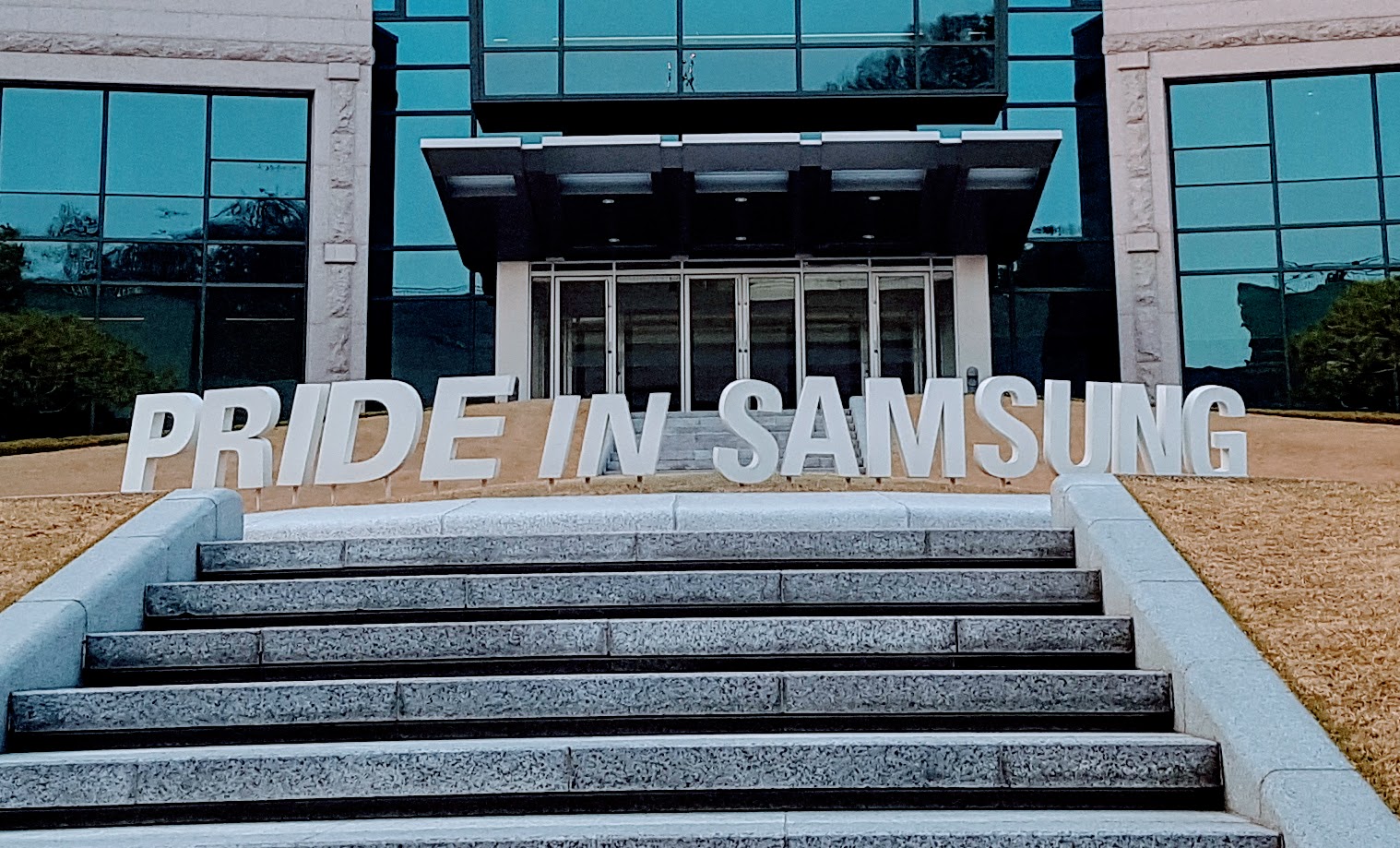Once again, Bloomberg has rated Korea as an innovation hub. And once again, Korea’s weakest statistic is productivity per worker, though a jump from 32nd place to 21st is impressive.
So what gives? After more than a year at Samsung, I see two main causes of Korea’s low worker productivity. The first, most obvious cause is long hours. Many Koreans (though, thankfully, not those in my division) feel like they have to get to work before their bosses and leave after, regardless of whether they have anything important to do. They put on a show of being at work for very long hours, but exhausted workers don’t actually produce very much. They’d be more effective if they just went home and slept.
This culture, thankfully, is changing. The president is pushing policies to limit excessively long hours, and companies like Samsung are making changes. In my division at Samsung, it’s now against the rules to work more than 52 hours in a week — still a lot of hours, but it means you can’t put in 12-hour days and then come in on the weekend without a notice getting sent to HR and the CEO. There are twice-a-month events called Smile Day, when you’re encouraged to go home early, and Wednesdays are Family Day, so people are also pushed out the door a little bit. And vacation days are mandatory: if you don’t take them by the end of the year, you’re actually not allowed to come in to work until they’re all gone. None of these reforms is a magic fix, but they’re helping to push the culture away from overwork and toward more efficient time management.
The second cause of low productivity is perhaps harder to pinpoint, and harder to reform, but I think it has much to do with the top-down, authoritarian culture that still rules many companies. Workers put in a lot of effort do get something done, only to be told to do it all again differently. I’ve worked on projects that carried on for months in a state of constant crisis, everything needing to be done immediately even though the release date was still far in the future. Instead of “measure twice, cut once,” it was more like “chop everything to pieces and glue it all back together,” and we did it over and over again. The final result was the sloppy hodge-podge you would expect.
This too is changing, though maybe not as visibly or as quickly. The leader of that project was edged out, and there’s a notable lack of panicked frenzy these days in my division. When workers are given the time and space to think and to do things right, they produce greater value. Just think what we could do if we added that latent worker productivity to the many factors already standing in Korea’s favor!

